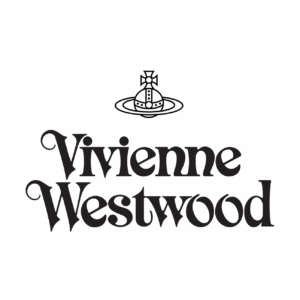The fast fashion industry is facing a critical turning point, with sustainability becoming an urgent focus amid growing concerns about environmental degradation and unethical labour practices.
As the sector accounts for a significant share of global carbon emissions, water pollution, and textile waste, the demand for more responsible, transparent, and circular practices is intensifying. Consumers and regulators alike are pushing for change, prompting brands to rethink their production models.
Massimo Dutti
Massimo Dutti has taken steps to improve environmental and social sustainability, including increased use of sustainable materials and energy efficiency in stores.
However, significant areas for improvement remain, particularly in supply chain transparency and the complete elimination of hazardous chemicals. Continuous and verifiable commitment is essential to addressing sustainability challenges in the fashion industry.
Younger than Clouds
Criteria
Carbon Footprint, Medium
Massimo Dutti, part of the Inditex group, has set goals to reduce carbon emissions, aiming for a reduction of over 50% by 2030 and net-zero emissions by 2040. However, the effectiveness of the measures taken to achieve these targets is not yet fully verified
Ecological Impact, Medium
The brand has increased the use of low-impact materials, including sustainable cotton and recycled polyester. In 2020, Inditex used over 73,000 tons of sustainable cotton, a 91% increase from the previous year.
However, the complete elimination of hazardous chemicals in production has not yet been achieved.
Energy Consumption, Medium
Since 2020, 100% of Inditex’s stores are eco-efficient, reducing energy consumption by up to 20% and water consumption by 40%. However, specific details about the use of renewable energy within the supply chain are not available.
Freight Density, Low
Massimo Dutti’s logistics primarily rely on maritime shipping and road freight, contributing significantly to its environmental impact. There are no disclosed efforts to optimize transportation efficiency or reduce emissions.
Recycling Rates, Medium
The brand has introduced initiatives such as the “Join Life” project, promoting the use of sustainable materials and more efficient production processes. However, the overall impact of these programs on reducing textile waste remains unclear.
Saving Levels, High
Massimo Dutti has implemented energy efficiency measures in stores and production. However, there is little transparency on the financial savings achieved through these efforts.
Specific Product Monitoring, Low
The company does not provide extensive details on tracking the environmental and social impact of products across their full life cycle. Transparency in this area could be improved.
Supply Chain Waste, Low
Full traceability of the supply chain has not been achieved, and there is insufficient evidence to ensure fair wages across all suppliers.
Sustainability Scorecards, Medium
Massimo Dutti publishes sustainability reports outlining general commitments, but lacks independent verification and detailed impact assessments. While progress has been made, the measurement of the effectiveness of these initiatives remains limited.
Water Management, Medium
Inditex has committed to reducing water consumption by 25% by 2025, aiming for a positive environmental impact. However, Massimo Dutti has not disclosed specific measures to meet this goal.
Related to other brands
Number of criteria met by each brand:
- Massimo Dutti 3.5 / 5
- Shein 2.0 / 5
- Zara 3.5 / 5
- Uniqlo 2.5 / 5
ESCP Business School Team
Research developed by five curious international ESCP Business School students who have worked together to successfully complete their consulting project. They analysed four brands in four different categories -24 brands: electric cars EV, dairy products, computers, personal care, luxury apparel, fast fashion-, according to 10 environmental criteria.
- Alix AMMEUX: Dairy Products
- Hanna AMSELLEM: Electrical Vehicles
- Leonardo BERTINI COLLA: Computers
- Zackary BOISNEAULT: Personal Products
- Ariane DESPRES: Luxury Apparels
- Caterina GIUSTINIANI: Fast fashion
Sources
- 233.docx
- SHEIN-2023-Sustainability-and-Social-Impact-Report
- A Study on Sustainable Fashion Supply Chain of Zara
- Value Chain Analysis of Zara – SCM Insight
- Massimo Dutti – Sustainability Facts, Rating, Goals | Panaprium
- Paper | Massimo Dutti Commitment to sustainability
- Sustainable Fast Fashion: How Zara Transforms its Supply Chain – SupplyChain 360
- 2023 Sustainability and Social Impact Report – SHEIN Group
- Sharing our evoluSHEIN Roadmap to Guide the Future of Sustainability & Social Impact at SHEIN – SHEIN Group
- OUR MISSION│Unlocking The Power of Clothing. UNIQLO Sustainability
- The Positive Power of LifeWear | Unlocking The Power of Clothing. UNIQLO Sustainability





0 Comments